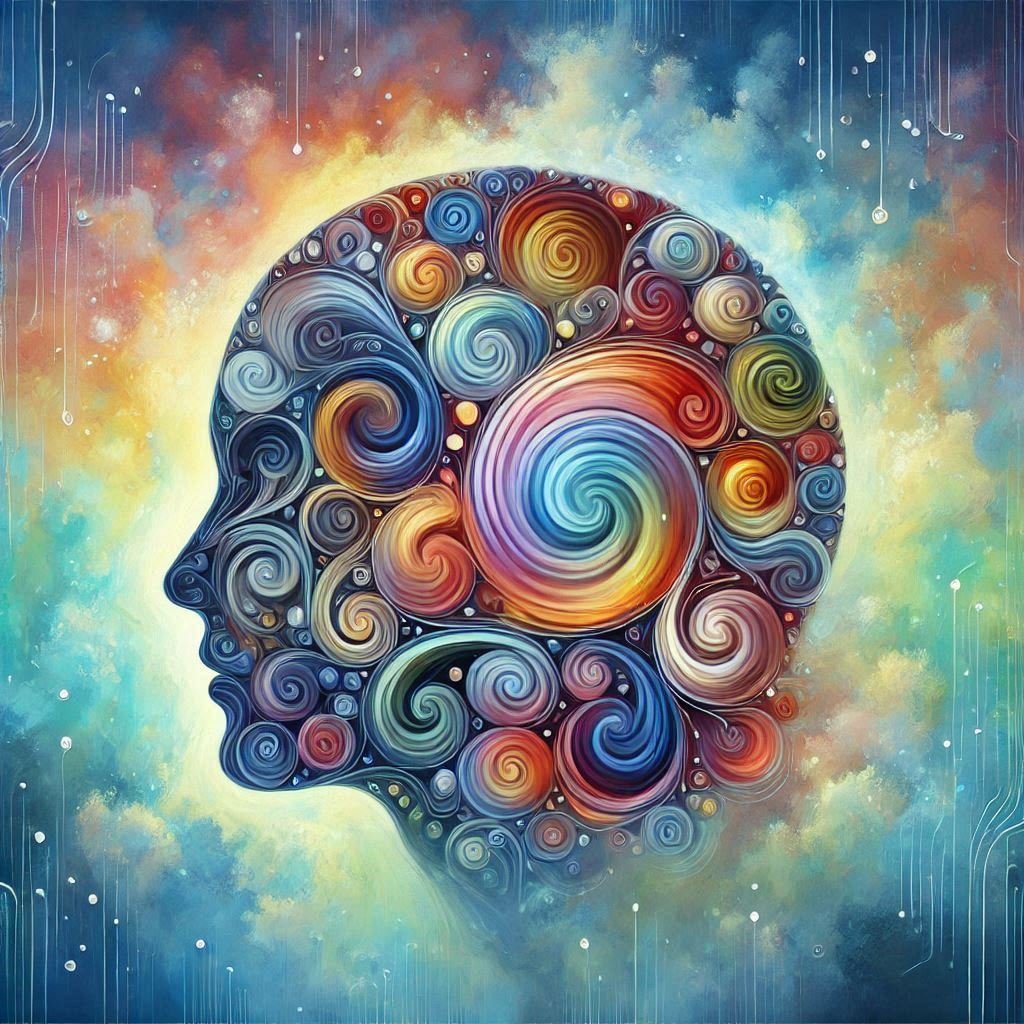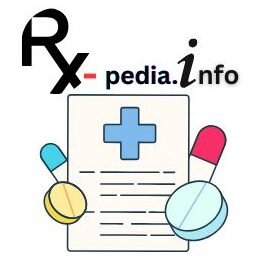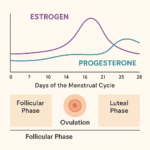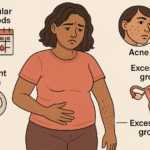Table of Contents

I. Introduction to Schizophrenia
Definition and Overview: Schizophrenia symptoms and treatment
- According to the National Institute of Mental Health Schizophrenia is a severe mental disorder that significantly disrupts an individual’s thought processes, emotions, and social interactions.
- It is characterized by symptoms such as hallucinations, delusions, and disorganized thinking, which can lead to a profound disconnection from reality.
- Schizophrenia is often chronic and can severely impair daily functioning if left untreated, emphasizing the importance of early intervention and comprehensive treatment strategies.
Age of Onset for Schizophrenia
- The disorder typically manifests in late adolescence(early twenties) or early adulthood(early thirties), although early signs may appear in childhood.
- Schizophrenia typically emerges in late adolescence to early adulthood, with men often showing symptoms in their late teens to early 20s, while women generally exhibit symptoms in their late 20s to early 30s.
Prevalence and Demographics
- The prevalence of schizophrenia varies across different populations and regions.
- Schizophrenia affects approximately 1% of the global population, translating to millions of people worldwide.
- It knows no cultural or socio-economic boundaries, impacting individuals across all walks of life.
II. Early signs and symptoms of schizophrenia
Here are some common early signs and symptoms of schizophrenia:
- Changes in behavior and personality: People with schizophrenia may exhibit unusual behavior, such as:
- Withdrawal from social interactions
- Increased isolation
- Changes in mood, such as depression, anxiety, or irritability
- Difficulty with emotional regulation
- Disorganized thinking and speech: Individuals with schizophrenia may:
- Have difficulty organizing their thoughts and expressing themselves clearly
- Use vague or abstract language
- Make illogical or disconnected statements
- Experience thought blocking or difficulty finding the right words
- Hallucinations: People with schizophrenia may experience:
- Auditory hallucinations (hearing voices or sounds that aren’t there)
- Visual hallucinations (seeing things that aren’t there)
- Tactile hallucinations (feeling sensations or touch that aren’t there)
- Disorganized or catatonic behavior: Individuals with schizophrenia may:
- Display unusual postures or movements
- Have difficulty initiating or maintaining movement
- Experience rigidity or stiffness
- Negative symptoms: People with schizophrenia may exhibit:
- Apathy or lack of interest in activities
- Difficulty with motivation or initiative
- Reduced emotional expression
- Social withdrawal
- Cognitive changes: Individuals with schizophrenia may experience:
- Difficulty with concentration or attention
- Memory problems
- Slowed thinking or reaction time
- Sleep disturbances: People with schizophrenia may experience:
- Insomnia or excessive sleepiness
- Difficulty falling asleep or staying asleep
- Changes in appetite or weight: Individuals with schizophrenia may experience:
- Increased or decreased appetite
- Weight gain or loss
- Physical symptoms: People with schizophrenia may experience:
- Headaches
- Fatigue
- Muscle tension
- Digestive problems
It’s essential to note that these symptoms can also be caused by other mental health conditions or medical issues. If you or someone you know is experiencing these symptoms, it’s crucial to consult a mental health professional for a proper evaluation and diagnosis.
III. Types/kinds of schizophrenia
Schizophrenia is a complex mental disorder with several subtypes, each presenting unique symptoms and challenges. Here are the main types:
1. Paranoid Schizophrenia
- This is the most common subtype, characterized by prominent delusions and auditory hallucinations.
- Individuals may believe they are being persecuted or have grandiose beliefs about their abilities or identity.
- Despite these symptoms, cognitive function and emotional responses are often less impaired compared to other subtypes.
2. Disorganized Schizophrenia
- Also known as hebephrenic schizophrenia, this subtype is marked by disorganized speech and behavior, as well as inappropriate or flat affect.
- Individuals may have difficulty performing daily activities and maintaining personal hygiene.
- Their thoughts and speech may be incoherent, making communication challenging.
3. Catatonic Schizophrenia
- This subtype involves disturbances in movement, ranging from extreme agitation to complete immobility.
- Individuals may exhibit catatonic stupor, where they remain motionless and unresponsive, or catatonic excitement, characterized by excessive and purposeless movement.
- Other symptoms include echolalia (repeating others’ words) and echopraxia (mimicking others’ movements).
4. Undifferentiated Schizophrenia
- When an individual exhibits symptoms that do not clearly fit into the paranoid, disorganized, or catatonic subtypes, they may be diagnosed with undifferentiated schizophrenia.
- This subtype includes a mix of symptoms from the other categories, making it more challenging to classify.
5. Residual Schizophrenia
This subtype is diagnosed when an individual has a history of schizophrenia but currently exhibits only mild symptoms. They may experience some negative symptoms, such as social withdrawal or flat affect, but do not have prominent delusions, hallucinations, or disorganized behavior.
IV. How to be Diagnosed With Schizophrenia
Clinical Evaluation
- Diagnosing schizophrenia typically involves a comprehensive clinical evaluation by a mental health professional.
- This process includes gathering detailed medical history, assessing symptomatology, and ruling out other possible conditions that could mimic schizophrenia’s symptoms.
- Clinicians often use structured interviews and standardized assessment tools to ensure an accurate diagnosis.
Diagnostic Criteria: Diagnostic and Statistical Manual of Mental Disorders (DSM-5)
- The Diagnostic and Statistical Manual of Mental Disorders (DSM-5) outlines specific criteria for diagnosing schizophrenia.
- These include the presence of at least two key symptoms (such as hallucinations or delusions) for a significant portion of time over a month period.
- Additional requirements include social or occupational dysfunction and a duration of continuous disturbance for at least six months.
Differential Diagnosis
- Differential diagnosis involves distinguishing schizophrenia from other psychiatric disorders that may present with similar symptoms.
- This includes mood disorders with psychotic features, schizoaffective disorder, substance-induced psychotic disorder, and other medical conditions such as thyroid disease or brain tumors.
- This step ensures that patients receive appropriate treatment tailored to their specific needs.
V. Treatment Options for Schizophrenia
Medications (meds for schizophrenia)
- Antipsychotic medications are the cornerstone of schizophrenia treatment.
- These drugs help manage positive symptoms by altering neurotransmitter activity in the brain, particularly dopamine pathways.
- Mood stabilizers may also be prescribed to address mood-related issues that some individuals experience alongside their psychotic symptoms.
Psychotherapy (CBT, Family Therapy)
Psychotherapy plays a vital role in managing schizophrenia alongside medication.
Cognitive-behavioral therapy (CBT) helps individuals challenge distorted thoughts and develop coping strategies for dealing with their symptoms.
Family therapy can also be beneficial by educating family members about the disorder and improving communication within the household49.
Psychosocial Interventions (e.g., Social Skills Training, Vocational Rehabilitation)
- Psychosocial interventions focus on improving social skills and enhancing community integration. Programs such as social skills training help individuals build interpersonal skills necessary for everyday interactions.
- Vocational rehabilitation assists those with schizophrenia in finding and maintaining employment, which can significantly enhance self-esteem and quality of life.
Alternative Therapies
- Some individuals explore alternative therapies like art therapy or music therapy as complementary approaches to traditional treatment methods.
- These therapies can provide creative outlets for expression and help reduce stress while fostering a sense of community among participants.
VI. what are the Causes and Risk Factors of Schizophrenia
Genetic Factors: Is schizophrenia a hereditary disease?
Is schizophrenia a genetic disease?
- Research indicates that genetics play a significant role in the development of schizophrenia.
- Individuals with a family history of the disorder are at a higher risk of developing it themselves due to inherited genetic vulnerabilities.
- However, not everyone with a family history will develop schizophrenia, suggesting that other factors are also involved.
Environmental Factors (e.g., Prenatal Exposure to Toxins, Childhood Trauma)
- Environmental influences such as prenatal exposure to toxins or childhood trauma can increase susceptibility to schizophrenia later in life.
- Stressful life events during critical developmental periods may trigger the onset of symptoms in genetically predisposed individuals
Neurobiological Factors (e.g., Dopamine Dysregulation, Glutamate Imbalance)
- Neurobiological research has identified dysregulation in neurotransmitter systems—particularly dopamine and glutamate—as key contributors to schizophrenia’s pathophysiology.
- Abnormalities in brain structure and function have also been observed in individuals with the disorder, highlighting the complex interplay between biological factors and symptom expression.
VII. Management and Therapy for Schizophrenia
Cognitive-Behavioral Therapy (CBT)
- CBT is an effective therapeutic approach for managing schizophrenia. It focuses on identifying negative thought patterns that contribute to distressing symptoms.
- Through structured sessions, individuals learn strategies to cope with their experiences more effectively while enhancing their problem-solving skills.
Family Therapy
- Family therapy provides support not only for individuals with schizophrenia but also for their families.
- It fosters understanding among family members about the disorder while addressing communication issues that may arise due to stress related to caregiving roles.
- This supportive environment can significantly improve treatment adherence and overall family dynamics.
Psychosocial Interventions
- Continued psychosocial support is crucial for long-term management of schizophrenia. Interventions such as group therapy create opportunities for social interaction while reducing feelings of isolation often experienced by those with the disorder.
- These programs help build resilience against relapse by promoting healthy coping mechanisms.
Medication Management
- Ongoing medication management ensures that individuals receive appropriate pharmacological support tailored to their evolving needs over time.
- Regular follow-ups allow healthcare providers to monitor side effects while adjusting dosages as necessary for optimal symptom control.
VIII. Conclusion
In summary, understanding schizophrenia involves recognizing its complex interplay between genetic predispositions, environmental triggers, neurobiological factors, and effective treatment strategies.
With advancements in research and therapy options, there is hope for improved outcomes for those affected by this challenging disorder.
Future Directions for Research and Treatment
Future research aims to better understand the underlying mechanisms of schizophrenia and develop more effective treatments.
Advances in neuroimaging, genetics, and pharmacology hold promise for personalized medicine approaches that target the specific needs of individuals with schizophrenia.
FAQs For Schizophrenia symptoms and treatment
What are the early signs of schizophrenia?
Early signs may include mood swings, withdrawal from social activities, neglecting responsibilities like work or personal hygiene.
Can people with schizophrenia lead normal lives?
Yes! With proper treatment—medication, therapy, and support—many individuals manage their symptoms effectively and lead fulfilling lives.
What treatments are available for schizophrenia?
Treatment options include antipsychotic medications, psychotherapy (like CBT), psychosocial interventions (like social skills training), and alternative therapies (like art therapy).











Loving the information on this internet site, you have done great job on the content.